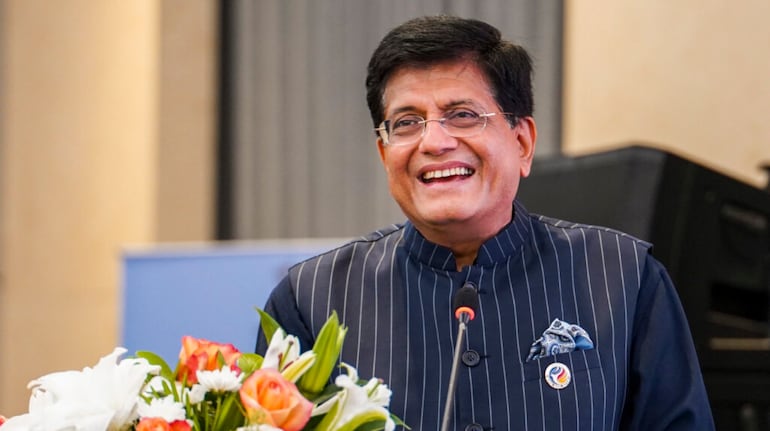
India’s commerce ministry announced on August 14 its plan to accelerate free trade agreements (FTAs) with several key partners, including the European Union, Oman, New Zealand, Peru, and Chile. The objective is to diversify the nation’s export markets and reduce reliance on a few primary destinations.
According to Commerce Secretary Sunil Barthwal, the ministry is also focusing on a more rapid review of the existing FTA with the ASEAN bloc and a faster implementation of the recently finalized deal with the United Kingdom. “We are fast-tracking FTA talks with the EU,” Barthwal stated, adding that they have also requested the UK to expedite its ratification process for the trade deal signed in July.
While the next round of discussions for the India-EU FTA is scheduled for the following month, the UK deal may take up to a year to become effective due to lengthy ratification procedures. In contrast, the trade agreement with the European Free Trade Association (EFTA) nations—Iceland, Liechtenstein, Norway, and Switzerland—is anticipated to be implemented on October 1 of the current year. Talks for an FTA with Oman have also been concluded and a signing is expected soon.
The ministry’s export promotion strategy extends beyond FTAs. It is mobilizing its missions abroad to focus on the top 50 nations that import Indian goods, while continuing its emphasis on the 20 countries that collectively account for over 60 percent of India’s exports.
Other initiatives include exploring new products and markets for exports, as well as maximizing the utilization of existing FTAs, such as the limited pact with Australia. The ministry also intends to accelerate the rollout of the Export Promotion Mission, a program allocated Rs 2,250 crore in the 2025-26 budget aimed at supporting India’s micro, small, and medium enterprise (MSME) sector. The scheme, however, has not yet been launched.
For context, India’s goods exports totaled $433.56 billion in the fiscal year 2025. The United States, the United Arab Emirates, the Netherlands, and China were the country’s leading export destinations.